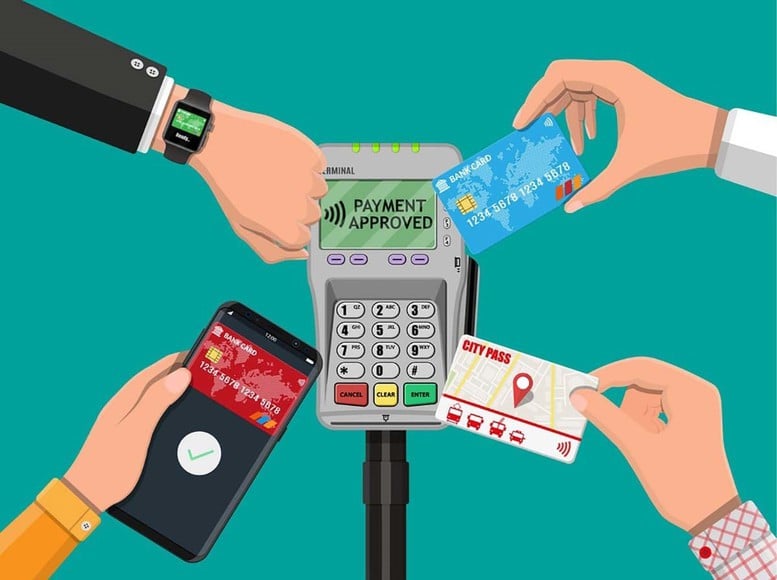
The banking industry recorded outstanding results in digital transformation as online payment channels grew by over 40%.
Total transactions increased by more than 43% in volume and more than 24% in value.
According to the State Bank of Vietnam (SBV) report, in the first 9 months of 2025, non-cash payment activities (TTKDTM) maintained strong growth momentum. Compared to the same period in 2024, the total number of transactions increased by 43.32% in quantity and 24.23% in value.
Notably, transactions via the Internet channel increased by 51.20% in quantity and 37.17% in value; mobile phone channels increased by 37.37% in quantity and 21.79% in value. In particular, transactions via QR Code increased by 61.63% in quantity and 150.67% in value, reflecting the increasingly popular trend of fast and convenient payment.
Interbank electronic payment systems increased by 4.56% in quantity and 46.87% in value; while financial switching and electronic clearing systems increased by 19.14% in quantity and 5.87% in value.
In contrast, ATM transactions decreased by 16.77% in quantity and 5.74% in value, showing that the demand for cash withdrawals is clearly decreasing as people gradually switch to modern electronic payment methods.
By the end of September 2025, there were more than 10.89 million registered and used Mobile-Money accounts, of which about 7.5 million accounts were in rural, mountainous, remote and isolated areas (accounting for 70%). The total number of transactions via Mobile-Money accounts reached more than 290.43 million with a total value of about VND 8,511 billion.
Currently, 53 payment intermediary service providers are licensed to operate by the State Bank of Vietnam (SBV), of which 49 organizations provide e-wallet services.
Banks promote digital transformation, connect population data
Along with the development of electronic payments, the State Bank continues to encourage credit institutions (CIs) to promote digital transformation and cross-sectoral cooperation to form and expand the digital ecosystem. Banks focus on providing customer-centric products and services, aiming for seamless and personalized transaction experiences.
Many banks have applied artificial intelligence (AI), machine learning and big data in analyzing customer behavior, assessing needs and automating business processes, helping to improve operational efficiency.
Currently, most basic banking services have been implemented on digital channels, with many banks achieving a rate of up to 95% of transactions via online platforms. The digital ecosystem is connected to many areas in the economy such as electricity, water, telecommunications, healthcare, education, e-commerce, tourism and public services, providing a seamless, safe and economical payment experience for users.
Regarding the implementation of the Government's Project 06 on developing population data applications, identification and electronic authentication, the banking industry has coordinated with the Ministry of Public Security to expand customer authentication using chip-based citizen identification cards (CCCD) and the VNeID application.
By October 10, 2025, more than 132.4 million individual customer records and 1.4 million organizational records had been biometrically verified. The National Credit Information Center (CIC) had completed six data cleaning rounds with approximately 57 million records.
Currently, 57 credit institutions and 39 payment service providers have deployed the chip-based ID card application on mobile phones, 63 credit institutions have deployed the ID card application at the counter, 32 credit institutions and 15 payment service providers have deployed VNeID (19 official units). In addition, 28 banks and 4 payment service providers have linked their social security accounts (SS) with bank accounts via VNeID, serving automatic payments to people.
At the recent workshop "Cashless Payment: Towards Convenience, Safety and Comprehensive Connection", Mr. Pham Anh Tuan - Director of the Payment Department (SBV) said: Along with service expansion, security and confidentiality are always considered strategic pillars. The investment rate for information security currently accounts for over 16% of the total technology budget of banks, demonstrating the strong determination of the industry.
Coordination between the State Bank of Vietnam and A05 (Ministry of Public Security) has been strengthened to prevent cybercrime and digital fraud. Along with that, banks have deployed fraud warning systems and money flow tracking using Big Data and AI technology, helping to process faster and more effectively.
"In particular, the system for sharing data on accounts, cards and e-wallets suspected of fraud has handled nearly 600,000 accounts, supported warnings of more than 440,000 suspicious transactions, and helped prevent about VND 1,600 billion at risk of loss...
Mr. Minh
Source: https://baochinhphu.vn/thanh-toan-dien-tu-but-pha-giao-dich-qua-qr-tang-hon-150-102251029175342856.htm


![[Photo] Da Nang: Water gradually recedes, local authorities take advantage of the cleanup](https://vphoto.vietnam.vn/thumb/1200x675/vietnam/resource/IMAGE/2025/10/31/1761897188943_ndo_tr_2-jpg.webp)

![[Photo] Prime Minister Pham Minh Chinh attends the 5th National Press Awards Ceremony on preventing and combating corruption, waste and negativity](https://vphoto.vietnam.vn/thumb/1200x675/vietnam/resource/IMAGE/2025/10/31/1761881588160_dsc-8359-jpg.webp)



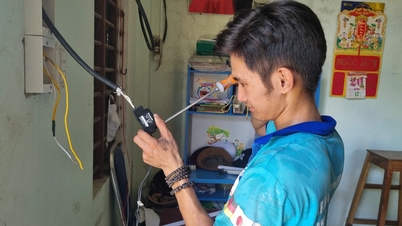
















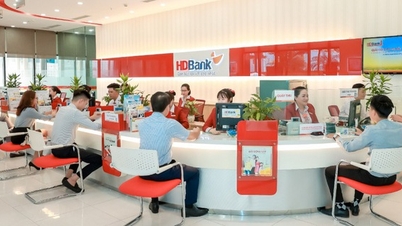








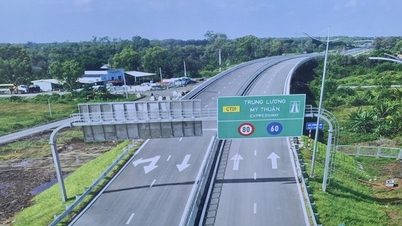























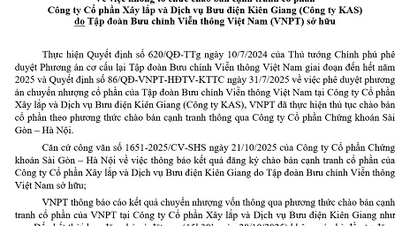


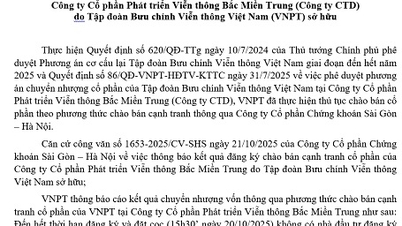
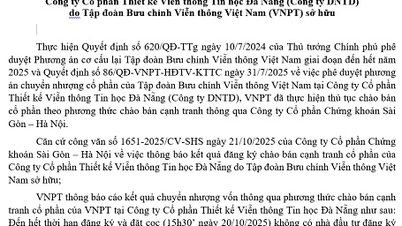















































Comment (0)